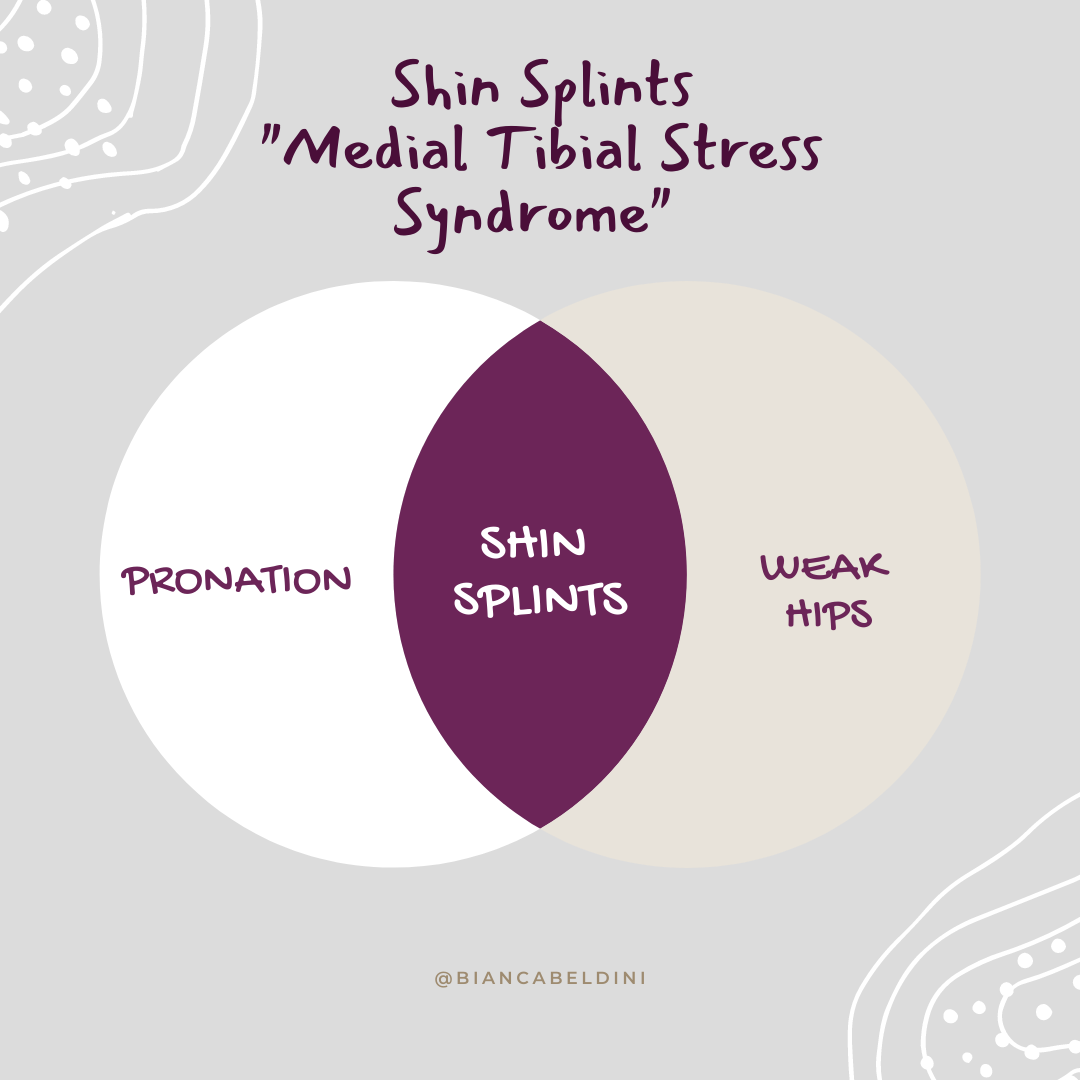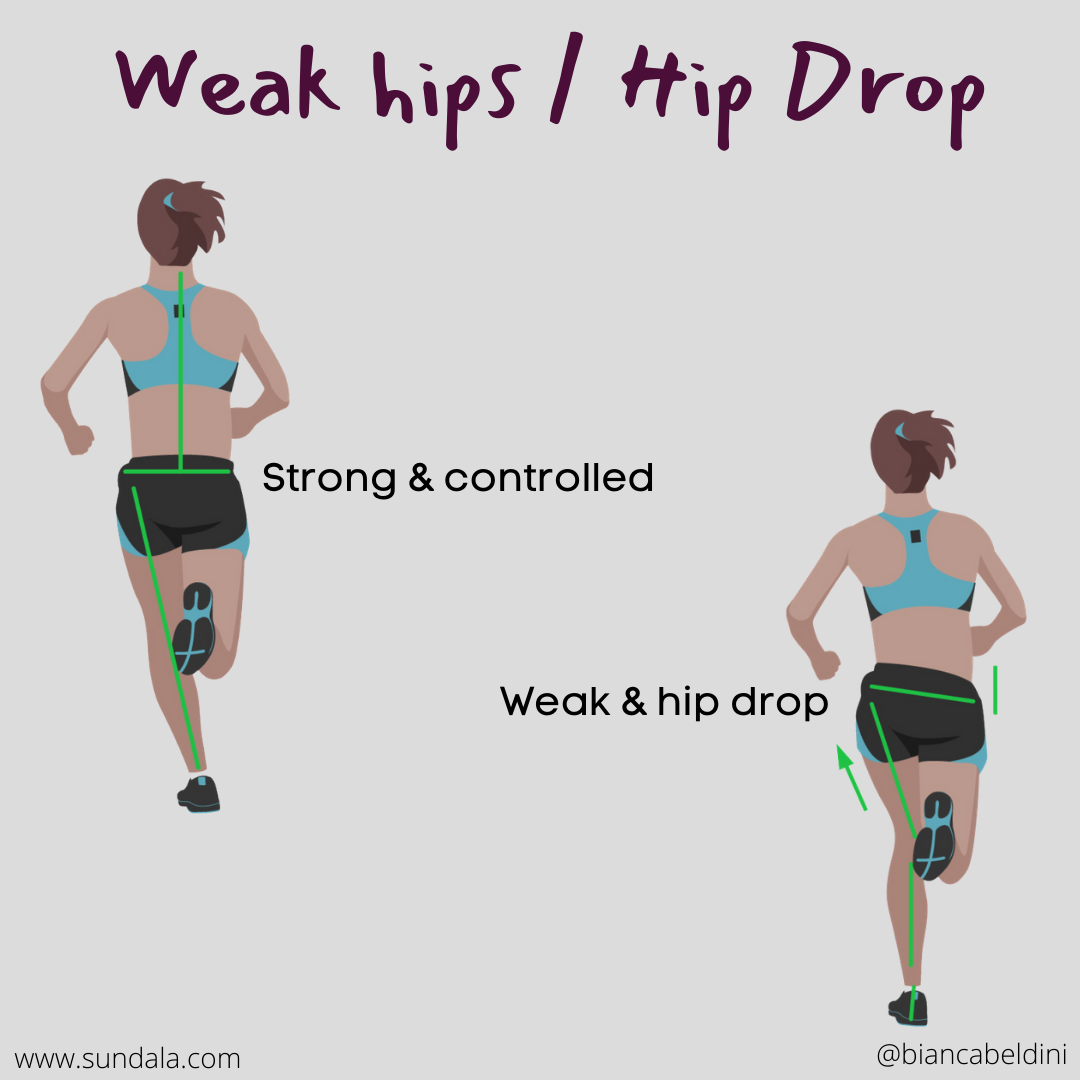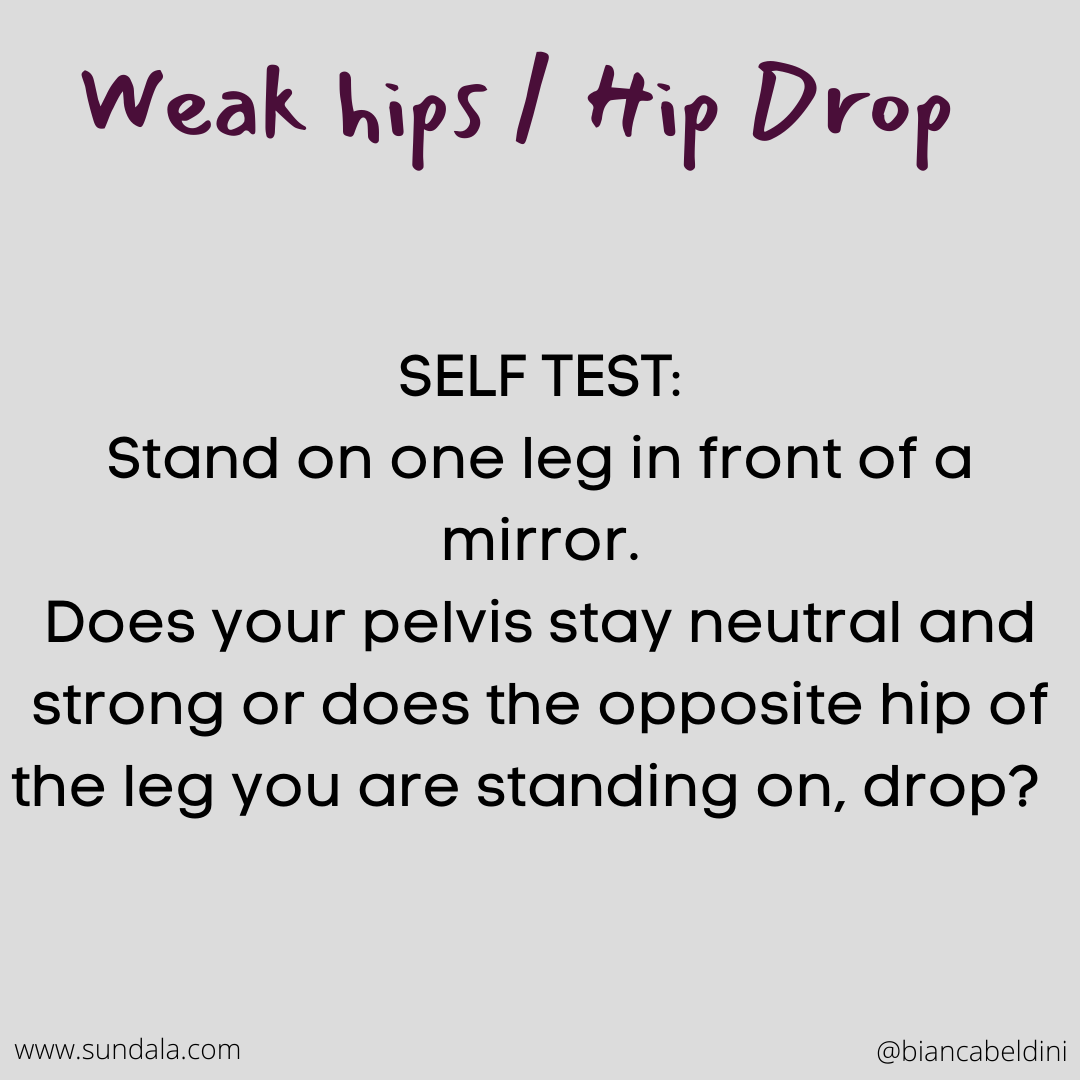WHAT DO YOUR HIPS HAVE TO DO WITH SHIN SPLINTS?
Shin splints, medically known as Tibial Stress Syndrome can stop an athlete in their tracks. It is defined as pain along the inner backside border of the lower half of the shin bone. Pain occurs with movement and activity but subsides with rest.
There are 2 potential hypothesized causes for shin splints:
The muscles of the lower limb, when running, contract repeatedly for long periods of time. These muscles strain the outer layer of the bone creating local inflammation. Tension increases along the connective tissue of the deep muscles of the leg which pulls excessively on the shin bone (tibia). This too causes trauma to the bone.
When there is excessive compressive forces that load the shin bone, the stress reaction of these forces cause the shin to begin to bow. If the athlete continues to overload the soft tissue and bone, micro damage results. If the athlete doesn’t rest, the bone doesn’t have time for self repair which can lead to stress fracturing.
Who’s at risk?
Research points to females, with a higher body mass index (BMI) and poor running mechanics. Women run differently than their male counterparts due to having wider hips and a different position of center of gravity. (Women’s center of gravity is located low in her hips). Hormonal shifts and lower bone density also make women more susceptible to bone reaction patterns to stress.
Pronation is necessary because it helps to loosen the joints of the foot when making contact with the ground to help absorb ground reaction forces. Over pronation doesn’t allow the foot to become rigid enough in time for push off.
Those who over pronate often have weakness in the hip muscles causing leading to hip drop and poor stability over the single leg.
Do you deal with shin splints? Check your pelvis in single leg stance. Does it drop when you take weight on one leg or do your hips stay level?
Comment with your findings! Curious minds want to know :-)




